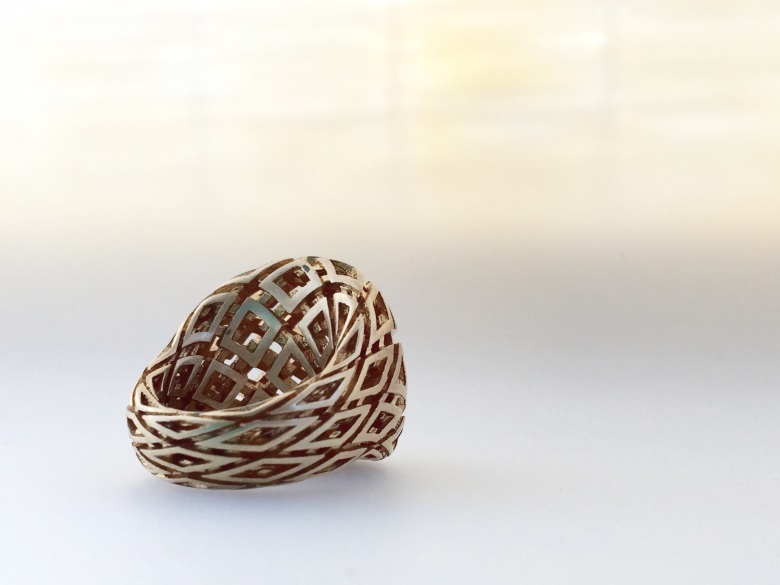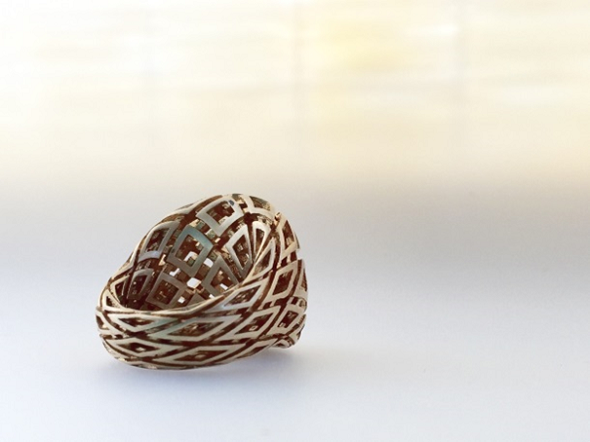
How to Make Money with 3D Printing: 5 Easy Tips That Will Boost Your Sales and Won’t Cost a Dime!
Got a great 3D printed product? Then why not start selling it and making money from 3D printing? In this tutorial, we aim to help designers, makers, and entrepreneurs get their products online, learn how to present their prints properly, and build their own brand. Let’s take a look at the 5 best tips for making money with a 3D printer!
1. Starting: Get Your Products Out There!
The internet offers a wealth of great platforms for selling your 3D printed products. You can also start selling your items on other platforms such as Amazon, Etsy, eBay, or your own website. Also, perform a Google research for your niche (“Where can I sell xy products?”) to find other marketplaces that could work for your product. If you’re a jewelry designer, potential customers will search for your products on a jewelry marketplace. If you want to sell scale models, then you need to find a platform where scale models are sold. After all, you need to go where your customers are.
Whichever platform(s) you choose, try to get your products out there! The simplest option is to start right here on i.materialise. It only takes a few minutes and here is how it works:
- On your profile, go to “Public Profile” and add your name or the name of your brand. Make sure to upload a profile picture and a cover photo for your shop. Last but not least, you should insert your website address.
- Then click on “Vendor info”, where you can add your PayPal account. Whenever you sell an item, we will transfer the money directly to this account. If you do not already have a PayPal account, you can find information on how to create one on this page.
- Click on “Shop items” to add new items to your shop or to edit existing ones. Make sure to upload impressive pictures and even videos for each item. Also, choose a strong headline and description. Don’t forget to set the sales price and choose the materials in which you want to sell your item.
- Click on the “Sales” buttons to keep track of your sales and earnings.
However, relying solely on putting your products on online platforms will not be enough to boost your sales. You need to get active and create some attention for your products. For more information on how to drive sales, keep reading this tutorial for some marketing and branding tips.
2. Presenting: Learn How to Present Your Products
For any product, it is important to choose a catchy name, add relevant product tags, and write a precise description. This will make it easier for your product to be found by people and search engines. If you are having trouble describing and presenting your items in text, you can hire a copywriter on Fiverr.
Product presentation is all about quality photos and visualization of your items. You might have an amazing product, but if people cannot see the quality and details of the item, they will most likely not end up buying it. Offer your customer more than a dark, pixelated photo or a rendered image. Instead, try to keep some simple tricks in mind:
- Try to get your hands on a good camera, instead of your smartphone. If you, yourself, don’t have a professional camera, perhaps a friend can help you out.
- Clean your product before taking a photo.
- Choose a calm, clean and simple background that matches the color composition of the product. It can be great to simply have a clean, white background. It is also worth placing the product in its natural environment (see example below).
- Try different angles and points of view. Take as many photos as you like, selecting the best ones later on your computer screen.
- Get some light: Try to avoid using flash, and make sure there is enough light. Spot a lamp on your product or simply use natural light. However, it is important not to overdo it. While some light is great, too much or too little light won’t enhance the product display.
- If possible, use a tripod or make sure your camera is very stable.
- If your object is small, put it next to a ruler or coin to show its measurements.
- If you decide to sell your products in different materials or colors, it is best to also take photos of these options.
- Use free photo manipulation software like GIMP to get your colors and contrasts right and crop your image.
- Get inspired: Browse through our shops and see how other designers present their products. Below, you can see examples of jewelry brand designs Designeradesigns’ Glam.or.ous ring.

A nice close-up of the product details, its calm background, colors, and contrast.

Getting the mood right: the ring in its natural environment.
3. Branding: Learn How to Build Your Own Brand
“A brand is anything—a symbol, design, name, sound, reputation, emotion, tone, and much more—that separates one thing from another.” – Neil Patel/Aaron Agius
In order to define your own values, audience, goals, and build a long-term strategy, you need to think about your brand first.
- Define your brand: When developing your brand, think of it as a person. We are all made up of beliefs, values, talents, etc., that define who we are, what we do best, and who we connect with. Our individual personalities determine how we behave and how we communicate. When building a new brand, it is vital to have that understanding. In other words, decide who you want your brand to be.
- Define your target audience: Think about your products and your brand – which customers do you want to reach? Which product group, age, gender, location, interest, language, and behavior do you want to target? Do you want to stay general or target a niche? Defining your target audience is important for the next step of your branding strategy.
- Define how you can best reach this audience: Once you know who you would like to target, try to reach this audience as effectively as possible. In addition to defining your target group, get a specific design and logo (browse designmantic.com for free inspiration) and choose a language style that matches your target audience best. Also, think of the most strategic channels to reach them – which brings us to our next step: getting social and spreading the word.
4. Marketing: Get Social & Spread the Word
You have a shop, you have great product photos, and you have defined your brand: now it’s time to get social and spread the word in order to drive sales.
Create free accounts for your label on social networks such as Facebook, Twitter, Pinterest, and/or Instagram. Use relevant hashtags (find ideas on hashtagify.me), using catchy words and great images. Do not worry about the size of your follower and fan base at the beginning. Rather, focus on developing your content and spreading the word. On Facebook, for instance, you can search for relevant groups and show your work. In a similar vein, on Twitter, you can try to join conversations and address the relevant people directly.
At this stage, it’s important to establish connections who are willing to share your work. Spreading the word about your products is key! For example, on Twitter, when uploading a photo of a new product that you printed with us, simply tag @imaterialise in your message. That way, we can retweet your work or even write a blog post about it. The same applies to other networks such as Pinterest, Instagram, or Facebook – we’re here to help you gain exposure.
In addition to creating social media accounts, you should consider launching your own website. Whether through social media or websites, always remember that the most important thing for your customers is to actually see your products. Try to add high-resolution photos or unboxing videos. WordPress.com lets you create amazing websites and even set up your own online shop. It also makes sense to start a blog on your website which will attract traffic from search engines. You should also try to search for relevant forums and communities where you can display your work (both on- and offline).

Being creative: Designeradesigns set up its own website and eshop.

Getting Social: Designeradesigns spreads the word about its products on Facebook.
5. Analyzing: How do others make money with 3D printing?
Building a brand and an online community does not happen overnight, it takes time. It is important, however, to analyze what you are doing and to question your steps. If something really doesn’t work, it might be best to let it go and to concentrate on an approach that fits you best.
Make sure that you concentrate your marketing efforts on the product. Make sure that you come up with a product that sells because it is innovative. It might not be enough to sell an object ‘only’ because it is 3D printed − it also needs to give customers added value that traditional manufacturing cannot provide.
The last advice that we would like to give you is to look at what your competitors (both those using 3D printing and those using traditional manufacturing processes) are doing. How do they present themselves? Who do they target? Which marketing strategy do they follow? Which communication channels do they use? Of course, this doesn’t mean that you should copy everything they do, but it can give you some general guidelines for which direction you should go.
Over the years, more and more new brands, design studios, and start-ups have started using i.materialise. Take a look at them and see how they successfully managed to get their names and products out there: Recently, we published blog articles about blueberries, a Czech jewelry brand, DAMN, a Belgian Fashion brand, or WiKey, and a Bosnian tech start-up. As a 3D designer you can also make money when signing up for our 3D modeling service. If you have developed a product website or design app and need a 3D printing factory to run production, our API-connection will probably be interesting to you. If you simply want to know how much your 3D design will cost in more than 100 materials, finishes, and color options, just upload it here and see the prices instantly.
Recommended Articles
No related posts.



